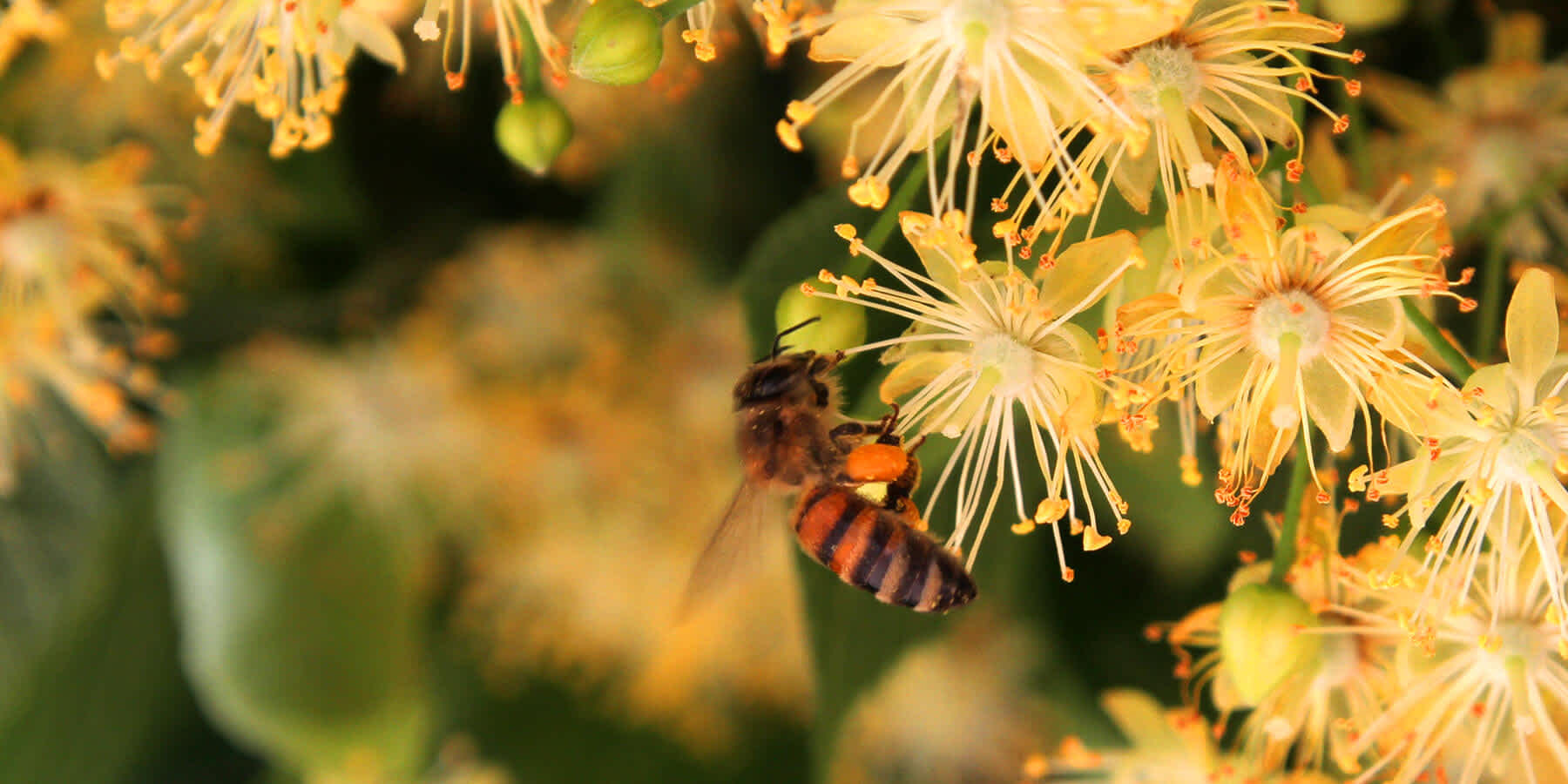
What are tree pollen allergies?
Medically reviewed by Neka Miller, PhD on June 6, 2021. To give you technically accurate, evidence-based information, content published on the Everlywell blog is reviewed by credentialed professionals with expertise in medical and bioscience fields.
Seasonal allergies are extremely common, affecting about 60 million people in the United States. One of the most prominent contributors to seasonal allergies is tree pollen. Read on to learn more about a tree pollen allergy, tips for managing its symptoms, and whether to consider an at-home allergy test as a next step.
What is Tree Pollen?
Most plants produce pollen. It’s necessary for their reproduction. Pollen appears as a fine, powdery dust that travels through the air, attaches to animals, or otherwise makes its way to other plants of the same species, resulting in fertilization. Pollen is essentially the male fertilizing agent containing plant sperm cells.
Understanding Tree Pollen Allergies
Your immune system is designed to identify bacteria, viruses, and other foreign invaders that can potentially cause an infection. A healthy immune system has no problem differentiating between harmful microbes and harmless components, from food to pollen.
However, some people have overactive immune systems that have a little more trouble making that differentiation. When these overactive immune systems detect, say, tree pollen in the body, they mistakenly identify it as a threat. The immune system then proceeds with its natural response, but without any real threat, the immune cells begin to attack healthy tissues, resulting in your characteristic allergic reaction. While there are many different types of allergies to be aware of, tree pollen is among the most common today.
Seasonal allergies and pollen allergies are often referred to as “hay fever”, and they are medically known as allergic rhinitis. Some people may be allergic to tree pollen, but not pollen produced by grass or flowers. Some people may only be allergic to pollen from specific trees, such as pine pollen, ragweed pollen, or birch tree pollen.
However, when allergy season first starts, you can usually blame tree pollen for any allergic rhinitis flare-ups. In some regions of the U.S., trees begin producing pollen as early as January, and they can continue all through June. Unlike other types of allergenic pollen, tree pollen is much finer. This allows tree pollen to travel several miles on a nice breeze, and it also makes it much easier for tree pollen to find its way into your eyes, sinuses, and lungs.
Symptoms of Tree Pollen Allergies
If you are an allergy sufferer and struggle with airborne pollen, you likely experience a number of unwanted symptoms when pollen season rolls around. Symptoms for tree pollen allergies can vary based on your sensitivity to tree pollen and the amount of tree pollen that you are exposed to. However, the general allergy symptoms include:
- Sneezing
- Runny nose and excess mucus production
- Nasal congestion
- Itchy eyes, nose, ears, and mouth
- Red, watery, swollen eyes
- Sinus pain
If you have tree pollen allergies and allergic asthma, you may have extra asthma symptoms as well.
Your allergy symptoms can also contribute to other issues. For example, nasal congestion and post-nasal drainage can cause sleep troubles, which can then extend to other health issues and feelings of fatigue throughout the day. You may feel generally foggy-headed, which can keep you from concentrating or making the right decisions.
Managing Your Tree Pollen Allergies
Tree pollen can be a real pain that can prevent you from operating at your best or living your life to its fullest. There are thankfully a few ways to manage your symptoms.
Determine Specific Allergy Triggers
Allergy testing, like the Everlywell allergen testing kit, can help you determine what specifically triggers your allergies. You can determine if there is a specific type of tree pollen that you are allergic to so that you can take the proper steps to avoid that pollen.
This can also help you in other areas of your life, not just during allergy season. Being allergic to certain types of tree pollen may also cause you to react to certain foods. The proteins in tree pollen are similar to proteins found in fruits and vegetables. Eating those foods may then contribute to other allergic reactions.
Over-the-Counter Medication
Antihistamines, decongestants, and other over-the-counter medications can help to reduce the severity of your allergies and help you avoid the worst of your symptoms. Just be aware that some allergy medication can cause side effects.
Keep Your Indoor Air Clean
Keep your windows closed and avoid using window fans, which can just blow pollen into your home. Turn on your air conditioner to keep the air moving. It may be a good idea to invest in a HEPA filter to remove pollen and other allergens from the air.
Avoid Exposure
Keep an eye on allergy forecasts to determine days when pollen counts are particularly high. If you do have to go outside, avoid peak pollen times (usually midmorning and early evening). Consider wearing a face mask or pollen mask to limit the amount of pollen that enters your nasal passages.
With the right steps, you can minimize the seasonal allergy symptoms of tree pollen. If you aren’t sure what allergens are affecting you, take the Everlywell allergen test, which tests for 40 common indoor and outdoor allergens.
